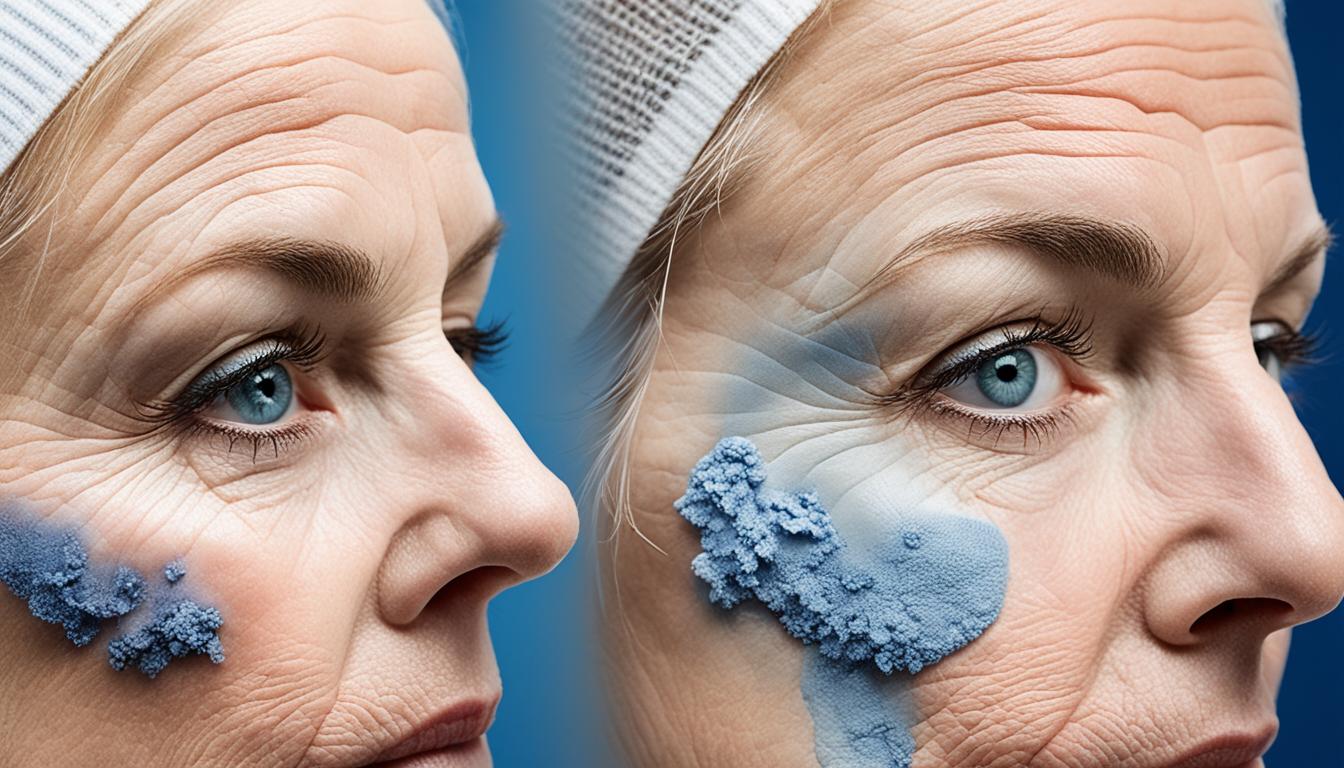Scleroderma is a rare autoimmune disorder that causes the skin and other tissues to thicken. It’s not clear what causes it, but it seems to be related to an overactive immune system.
This illness shows up differently depending on its type. Some people only have issues in one spot, while others see multiple areas affected. Signs include joint pain, stiffness, and toughened skin. If these appear, see a doctor for an accurate check-up.
Getting a clear diagnosis for scleroderma can be tough because the signs vary. Doctors will do tests like blood work and scans to check on your organ health. Even though there’s no cure, treatments can make daily life easier.
Doctors might give you medicine to help your blood vessels or calm your immune system. They also may suggest therapy to keep you moving and manage pain. In very serious instances, transplants could be an option. Clinical trials are ongoing to find new ways to help.
Dealing with scleroderma can be hard, both physically and emotionally. Finding a support group or taking part in research can offer help and spread awareness. It’s vital to team up with your healthcare provider, live healthily, and take good care of yourself. This is key to managing the disease and enjoying life.
Key Takeaways:
- Scleroderma is a rare autoimmune disorder that causes the production of thickened tissue in the body.
- Localized scleroderma affects one area of the body, while systemic sclerosis can affect multiple organs.
- Seek medical attention if you experience symptoms such as joint pain, stiffness, and thickened skin.
- Diagnosis involves physical exams, blood tests, imaging tests, and organ-function tests.
- Treatments focus on managing symptoms and preventing complications, including medications, therapies, and clinical trials.
Types of Scleroderma
Scleroderma is a rare autoimmune disorder. It can be put into two main categories: localized scleroderma and systemic sclerosis.
Localized scleroderma mainly affects one body area, often just the skin. It usually goes away by itself and has a good outlook. Signs of it might be changes in skin, color differences, and rough spots. But, it doesn’t involve the organs.
Systemic sclerosis hits several organs and is more harmful. This type has three kinds:
- Diffuse scleroderma makes the skin thicken all over. It can harm the lungs, heart, kidneys, and stomach. It gets worse quickly and is more severe.
- Limited scleroderma, or CREST syndrome, affects the skin, hands, and face. The name CREST comes from its symptoms: Calcinosis, Raynaud’s phenomenon, Esophageal dysfunction, Sclerodactyly, and Telangiectasia.
- Sine sclerosis is a rare systemic type with no skin issues. It affects the inner organs like the heart, lungs, and kidneys. It’s hard to diagnose because skin symptoms are missing.
It’s important for people with scleroderma to see a doctor. This is for a correct diagnosis and the right treatment. The plan changes depending on the type and how bad the disease is.
| Type of Scleroderma | Primary Area of Impact | Organ Involvement | Symptoms |
|---|---|---|---|
| Localized scleroderma | Skin | No organ involvement | Skin texture changes, discoloration, hardened patches |
| Systemic sclerosis | Can affect multiple organs | Lungs, heart, kidneys, digestive system | Widespread skin thickening, organ dysfunction, CREST symptoms (if limited scleroderma) |
| Sine sclerosis | No skin involvement | Heart, lungs, kidneys | Systemic symptoms, organ dysfunction |
Diagnosis and Treatment of Scleroderma
Scleroderma is hard to diagnose because its symptoms vary. Doctors use different tests to check organs and find the best treatment. These tests help figure out:
Blood Tests:
Blood tests look for certain antibodies linked to scleroderma. Finding these antibodies helps confirm the diagnosis and know what type it is.
Imaging Tests:
X-rays, CT scans, and MRIs show the state of organs and tissues. They highlight damage to organs and help direct treatment.
Organ-Function Tests:
These tests check the performance of organs like the heart or lungs. They help see how much the disease is affecting the body. They also catch any possible problems early.
There’s no cure for scleroderma yet, but treatments can help manage symptoms. The treatment picked depends on what symptoms someone has and which organs are affected. Treatments might include:
Medications:
Doctors may give medicines to help with certain symptoms. These can include drugs that open blood vessels, suppress the immune system, and so on.
Therapies:
Physical and occupational therapy aim to improve moving, lessen joint pain, and make daily life easier. They help maintain or increase how well a person can function.
Stem Cell Transplants:
In serious cases, where organ damage threatens life, stem cell transplants might be an option. They replace damaged cells with healthy ones from the patient. This aims to help the body work better.
Clinical Trials:
Joining a clinical trial can open up new treatment possibilities. It gives a chance to try new methods that may not be ready for everyone yet.
Life changes and self-care are also key in dealing with scleroderma. Things like regular exercise, protecting skin, and not smoking can really help. Managing stresses through support groups or personal care is also important for living well with scleroderma.
Conclusion
Scleroderma is a tough disorder that messes with life’s quality. Diagnosis early and managing symptoms right is key. It helps lessen problems and make life round better. Even though there’s no cure, there are treatments. Things like stem cell therapy and new studies give hope.
When you have scleroderma, working with your doctor is important. So is joining support groups and taking care of yourself. Knowing the latest on treatments and research lets you help in your own care. This means you can speak up for what you need.
Dealing with scleroderma is hard. But, with good support and looking after yourself, things can get better. Doing regular exercise and eating well helps. Also, taking care of your skin and managing stress makes a big difference. These things help keep a good outlook.

